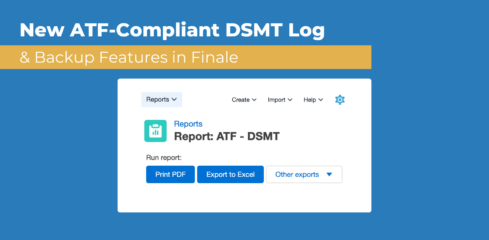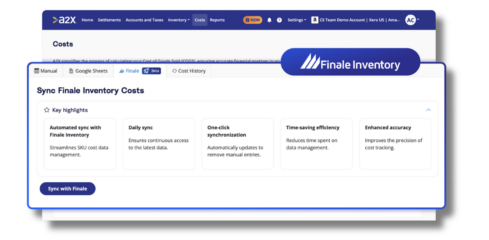Bill of Lading for Hazardous Materials
When a company ships a product, particularly a hazardous material, it needs to know that the company that ordered it has received it. It also needs to ensure that the product makes its way safely to the recipient. Shippers, carriers and retailers rely on Bills of Lading to ensure that a product is shipped safely and securely and that it arrives at its destination in one piece.
What Is a Bill of Lading in Shipping?
A Bill of Lading (BOL) is a receipt that shows that a company received a shipment of goods from the company that shipped it. A BOL also serves as a contract between the shipper and the recipient. It details what is in the shipment, where the shipment originated, where it is going, and the shipping cost.
A BOL is a legal document that needs to be signed by a representative from the company shipping the products and by a representative from the company receiving them. It also provides information to the carrier transporting the shipment on the best way to handle it and how to track it.
Why a Bill of Lading Is Important for Warehouse Inventory Management
A BOL plays three roles that make it important for inventory management:
- It acts as proof of title: The company or individual holding the BOL has title or ownership of the inventory contained in the shipment. For a BOL to be an effective proof of title, the information it contains must be accurate.
- It acts as a receipt: Once the shipment gets to the intended recipient and someone signs for it, the BOL becomes a receipt, providing proof that the shipment made it to its destination without any issues. When the recipient signs the BOL, any responsibility for the goods is transferred away from the carrier.
- It acts contract of carriage: The BOL provides evidence that the shipper and the carrier have entered into an agreement and that there is a purchase agreement between the shipper and the recipient.
Why Print a Bill of Lading?
Although electronic Bills of Lading are available and have their benefits, such as allowing a shipper and recipient to track shipments in real-time, there are also benefits to printing a BOL. With a printed BOL, a carrier can access the documentation anywhere, even if there isn’t an internet connection. A printed document is also more difficult to alter, meaning there’s less chance of theft of the products in a shipment.
How Finale Can Help Increase Organization and Efficiency
Printing an accurate and compliant Bill of Lading every time is a benefit of using Finale to manage your shipments. We’ve improved Bills of Lading for hazardous materials printing to automatically fill more fields on the document and improve compliance with US DOT regulations.
The biggest improvement is that information on the shipment’s carrier is automatically printed on the Bill of Lading. There are three steps to getting carrier information to print:
- Configure information on your carriers in Application Settings on the Selling tab on the Shipping sub-tab. For each carrier, you can specify the name, description, SCAC, registration (USDOT#) number, and hazardous materials registration number.
- Select the carrier from the list of configured carriers on the shipment before you pack the shipment for a sale or a transfer.
- Print the Bill of Lading using the actions menu in the upper right corner of the shipment.
- You should see the carrier information you’ve entered in the box in the upper right portion of the Bill of Lading.
We’ve made a few other changes to printing for the Bill of Lading for hazardous materials:
- The date printed on the Bill of Lading is now the actual ship date once the shipment has been shipped, and before that the estimated ship date, if supplied. If the no ship date is known, then the date of printing is used.
- The ship from box contains a phone number if one has been entered in Application Settings on the Company Info tab.
- The ship-to-box contains a phone number if one has been entered for the customer being shipped to (for sales shipments).
- The headings on the content area now exactly match the PHMSA guide for preparing shipping papers. The words “Net Explosive Mass” are printed next to each number in the total quantity column (as described in the PHMSA guide) for products with a specified net explosive quantity.
Schedule a Demo Today
Whether you are shipping hazardous materials or not, a BOL serves as the contract between you and the purchaser and proof of contract between you and the carrier. To see how Finale Inventory can help you produce Bills of Lading quickly and efficiently, schedule a demo today.





